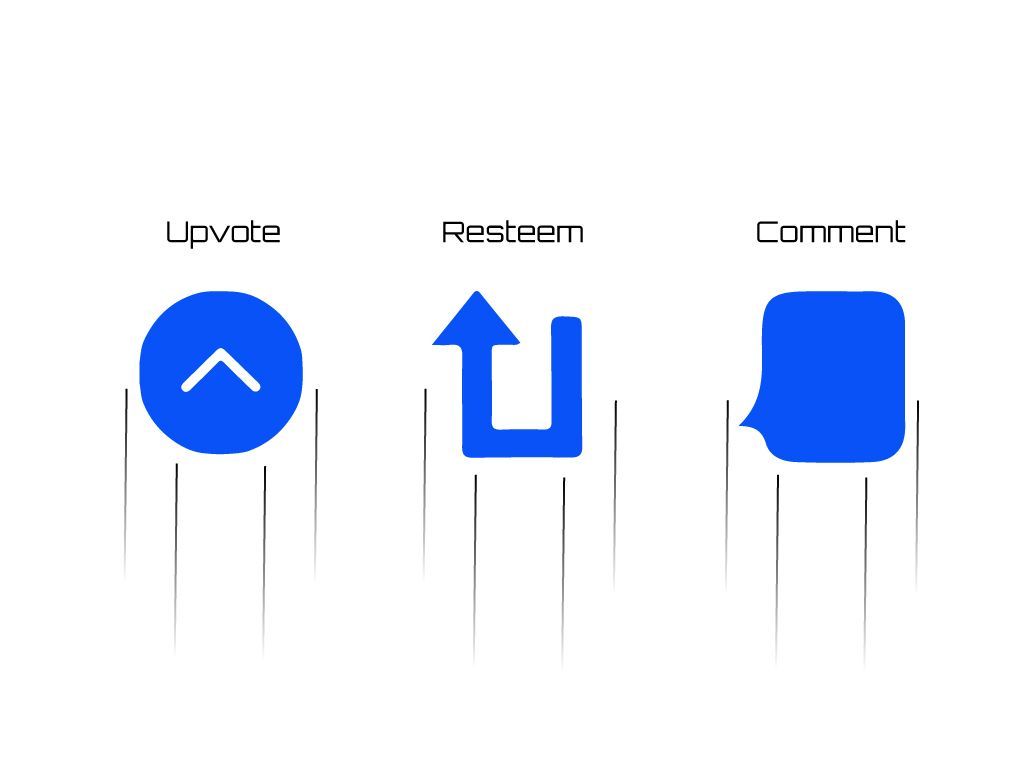Exploring blockchain technology and its potential applications for education
Blockchain is the core technology used to create the cryptocurrency, Bitcoin, through the maintenance of immutable distributed ledgers in thousands of nodes proposed by Satoshi Nakamoto in 2008 (Nakamoto 2008). It has been considered as part of the fourth industrial revolution since the invention of steam engine, electricity, and information technology (Chung and Kim 2016; Schwab 2017). This disruptive technology will have a significant impact on national governance, institutional functions, business operations, education, and our daily lives in the 21st century. It has the potential to transform the current Internet from “The Internet of Information Sharing” to “The Internet of Value Exchange.” Blockchain technology is expected to revolutionize the operating modes of commerce, industry, and education, as well as to promote the rapid development of knowledge-based economy on a global scale. Due to its immutability, transparency, and trustworthiness for all transactions executed in a blockchain network, this innovative technology has many potential applications (Underwood 2016). During the initial stages of its appearance, blockchain technology was not able to draw a lot of attention. However, as Bitcoin continues to run safely and steadily over the years, the society has since become aware of the enormous potential of the underlying technology of this invention in its application to not only cryptocurrency but also in many other areas (Collins 2016). Blockchain technology has become a hot topic for more and more countries, institutions, enterprises, and researchers.
Presently, blockchain technology has been applied in various fields such as cryptocurrencies in the financial area, which includes Bitcoin, Ethereum, and Zcash (Zerocash), etc. Bitcoin is the first peer-to-peer payment network of electronic cash based on the blockchain technology. One of the crucial features of blockchain technology is how many nodes in a distributed blockchain network maintain consensus and the Bitcoin blockchain network adopts a hash-based Proof-of-Work (PoW) distributed consensus algorithm (Nakamoto 2008). Ethereum is an open-source, public, blockchain-based distributed computing platform featuring smart contract functionality using proof-of-stake consensus algorithm (Beck et al. 2016). Zcash is a decentralized and open-source cryptocurrency like Bitcoin. However, it offers a better privacy and selective transparency of transactions by using proof-of-zero-knowledge consensus algorithm. Zcash payments are published on a public blockchain, but the sender, recipient, and amount of a transaction remain private (Peck 2016). Besides, some organizations and enterprises are also trying to develop decentralized platforms based on blockchain technology. For example Arcade City, so-called “Uber Killer,” is a ride-sharing company that has integrated its model in Ethereum, including identity and reputation systems (Zheng et al. 2017). Ubitquity is a digital property management company that offers secure recording and tracking records built on a blockchain platform.
Swan (2015) indicated that the development of blockchain applications could be divided into three stages; Blockchain 1.0, 2.0, and 3.0. Blockchain 1.0 is the deployment of cryptocurrencies as a peer-to-peer cash payment system. Blockchain 2.0 is the extensive blockchain applications than simple cash transactions, including stocks, bonds, loans, smart property, and smart contacts. Blockchain 3.0 is developing blockchain applications beyond currency, finance, and markets, such as in the areas of government, health, science, literacy, culture, and art.
According to the previously mentioned principle, the current applications of blockchain is still in the 1.0 and 2.0 stages. Most people do not know about the term “blockchain,” not to mention the potential applications of using blockchain technology. Although researchers discussed the usage of blockchain in the commercial area (Swan 2015), several studies focused on how blockchain technology can be applied in education (Devine 2015; Sharples and Domingue 2016).
The remainder of this article will discuss the critical terminologies of blockchain technology such as “distributed ledger,” “block and chain,” and “the verification mechanism.” In section 3, the current applications of blockchain technology in education is reviewed. Following on to the four innovative applications of using blockchain technology in education and the advantages are presented.
